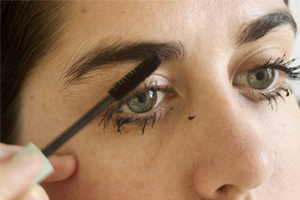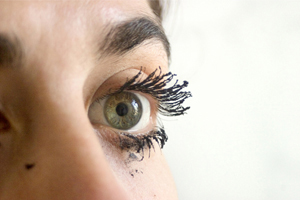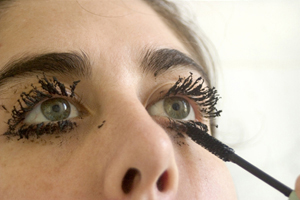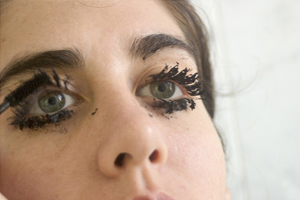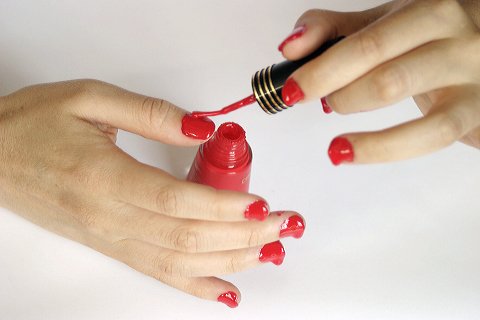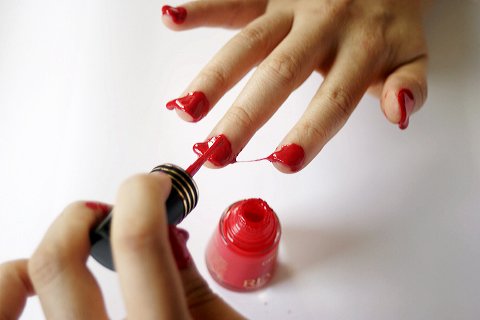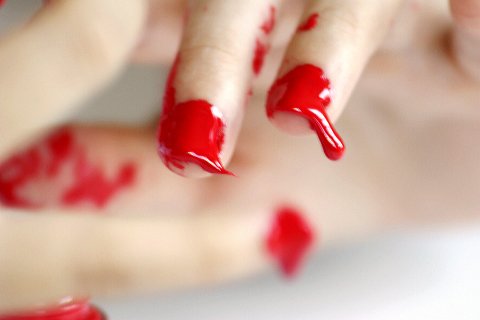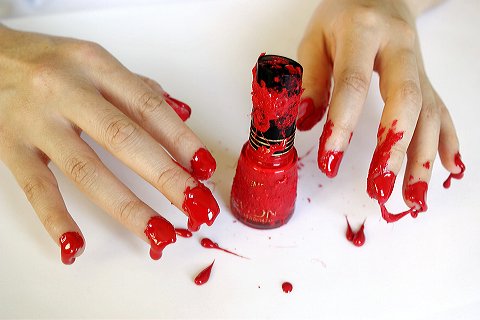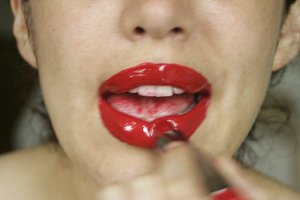"Beautiful and radical work" AN Magazine
"Art History in the making" TCS
The Body in Women's Art Now was a three-part exhibition series, curated by Philippa Found, which examined the themes that emerged in body-based art by women artists in the decade 2000 - 2010.
Part 1 : Embodied
Part 2: Flux
Part 3: Recreation
It included works by Tracey Emin, Cecily Brown, Regina José Galindo, Gazira Babeli, Nathalie Djurberg, Sigalit Landau, Jessica Lagunas, Miri Segal, Helen Carmel Benigson, Tiina Heiska, Lydia Maria Julien, Sarah Lederman, Gazira Babeli and Anne-Marie Schleiner, bringing emerging and established artists together by theme.
The exhibitions showed at ROLLO Contemporary Art, London in 2009, 2010 and 2011, and travelled to the New Hall Art Collection, Cambridge - the home of the largest collection of women's art in Europe.
A three-part book, The Body in Women's Art Now, edited by Philippa Found with contributed essays from key academics: Tracey Warr, Harriet Riches and Cadence Kinsey was published and nominated for the Feminist and Women's Studies Book Award 2010; and a series of twenty-eight talks and lectures were held within the exhibition space.
The exhibition series was inspired by Tracey Warr's Phaidon book, The Artist's Body, which surveyed the use and depiction of the body in art created between 1950 -2000 thematically. The Body in Women's Art Now therefore sought to ask, had the book continued to include the next decade, what themes would have been included and which artists represented?
Women artists have a unique and historic relationship to the use of and representation of the body in art. But more than that, the decision to focus exclusively on art by women was a deliberately radical act, seeking to operate as an intervention in the male-dominated art-world to challenge the under-representaion of women artists. Having specialised in the body in contemporary art as an art history student, curator Philipppa Found, was troubled by the disparity between what she had studied and what was being represented in public exhibitions and national collections in the UK. Found noticed an almost invisibility of women artists and the subject of feminist art at the time and believed it was crucial to give space to significant women practitioners to cement their position in art history.
At the time of the first The Body in Women's Art Now exhibition in 2009, women artists made up just 12% of the Tate Modern's collection, represented only 29% of exhibitions devoted to single artist shows at Tate Modern, and accounted for only 35 of the 116 artists nominated for the Turner Prize. Only 3 women artists had ever won the prize.
Paramount to redressing this imbalance was the education programme Found created to support the exhibitions. Found believed that reaching both ends of the art world was key to making lasting change: from speaking to art students (the curators and museum directors of the future), to current museum patrons, who hold the power to decide which artists works are acquired in national collections, and in turn plays a role in which artists and story of art is presented in exhibitions on our museum walls. As such Found gave talks and tours to eleven international patrons groups from the patrons of the Tate, to the patrons of the National Museum of Women in the Arts, Washington, and fourteen school and university groups.
The Body in Women's Art Now exhibition series was timely. It ran concurrent to ells@centrepompidou exhibition at Pompidou Centre, Paris, and shortly after WACK! Art and the Feminist Revolution at MOCA L.A. and Global Feminisms at Brooklyn Museum (both 2007). Internationally attention was turning to art by women artists with large scale survey shows in major institutions, yet at the time the last all-woman survey exhibition to be held at a major public exhibition space in the UK hadn't been since 1993 - Bad Girls at the ICA.
In 2010 Philippa Found was invited to be a founding member of the Arts and Gender Board at Centre Pompidou, Paris.
This website serves as an archive for The Body in Women’s Art Now project, to record and remember its place in the history of art and exhibitions that contributed to and kick-started a wave of change in larger public arts institutions in the UK, as after all as Miranda July said, ‘history is only what’s documented and preserved by those in power, usually men, but int his case: me.’
Images above: Jessica Lagunas, The Better to See You With, 2005 (still images from video)
Jessica Lagunas, The Better to Caress You With, 2005 (still images from video)
Jessica Lagunas, The Better to Kiss You With, 2005 (still image from video)
philippafound@icloud.com
